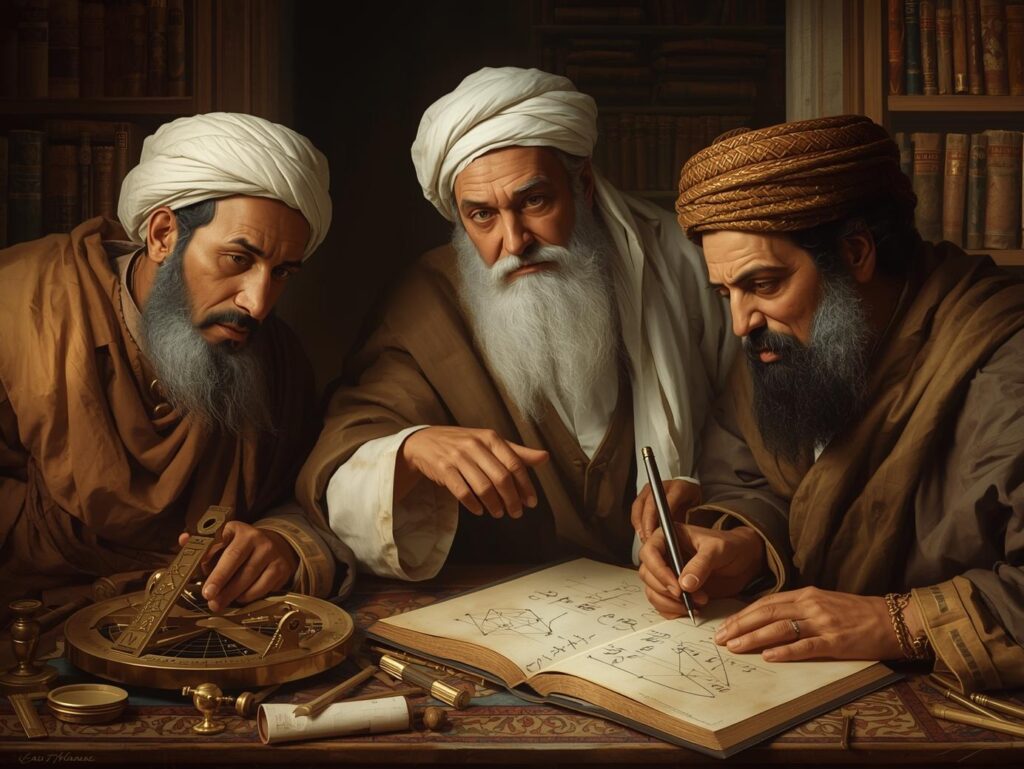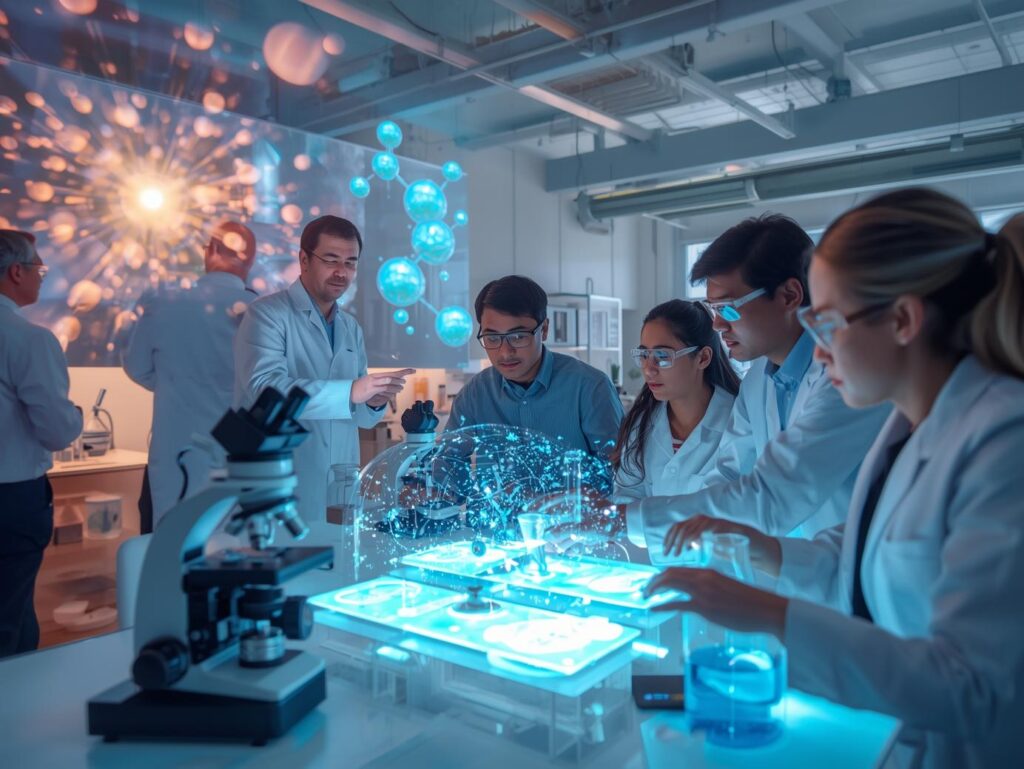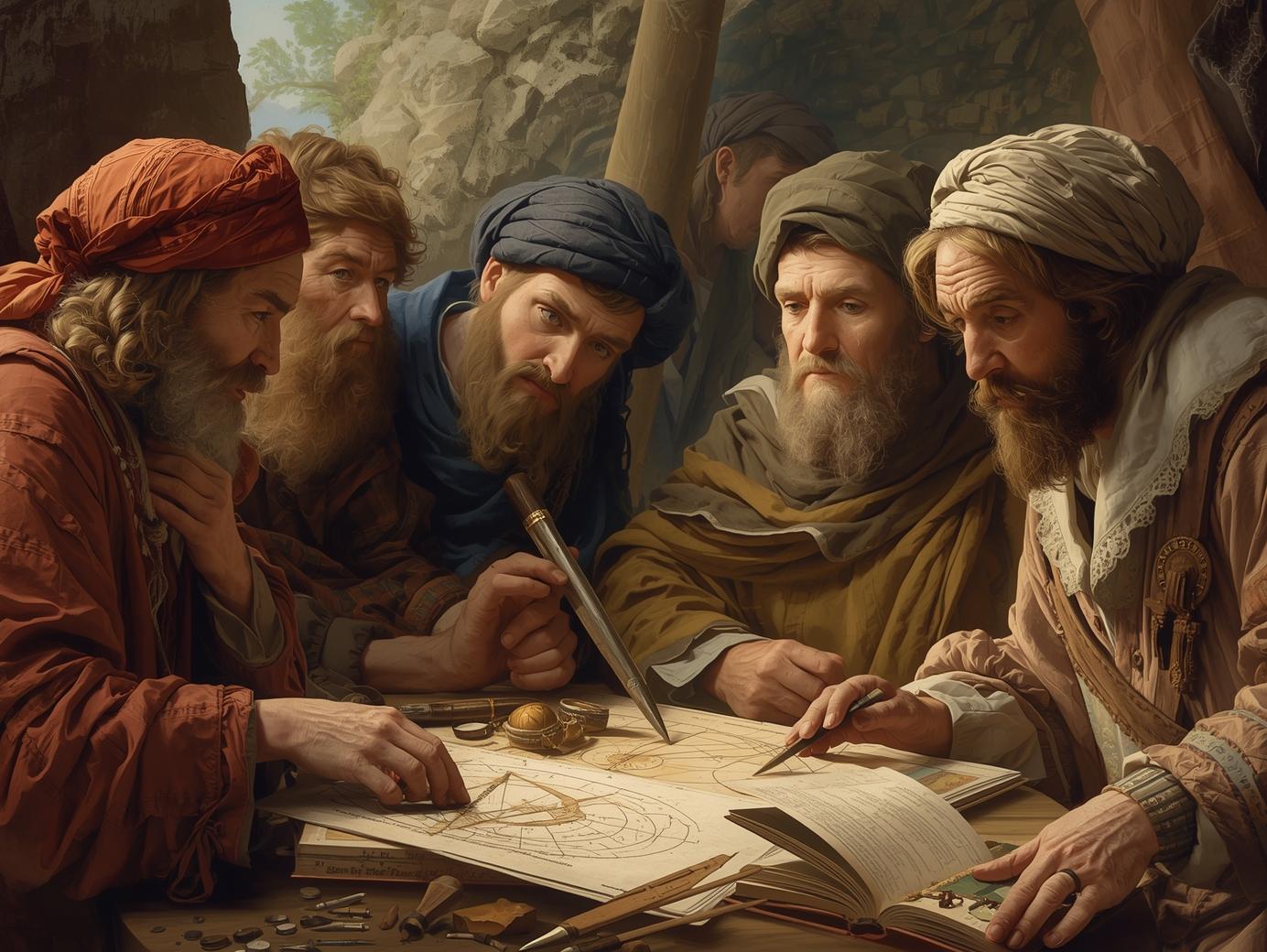Science education has been one of the most transformative forces in human history. It began not as a structured subject taught in classrooms but as a natural extension of human curiosity—the desire to understand the world and its mysteries. The beginning of science education marks the point when humanity moved from mere observation to explanation, from experience to experimentation, and from superstition to knowledge.
The Early Roots of Science Learning
Long before the concept of formal education existed, early humans learned about science through observation and necessity. They studied the stars to navigate, learned about plants to find food and medicine, and observed animal behavior to survive. This instinctive learning was the earliest form of science education—an education built upon experience and discovery.
As civilizations developed, so did their methods of passing on knowledge. In ancient Egypt and Mesopotamia, science was intertwined with mathematics, astronomy, and medicine. Priests and scholars recorded their findings on tablets and papyrus, teaching apprentices how to apply scientific principles in agriculture, construction, and medicine. These practices represented the first attempts to organize and transmit scientific knowledge systematically.
Ancient Philosophers and the Birth of Scientific Thought
The ancient Greeks revolutionized science education by introducing philosophy and logic into the learning process. Thinkers such as Aristotle, Plato, and Archimedes explored the natural world through observation, reasoning, and debate. Aristotle’s Lyceum became one of the earliest institutions where students studied natural philosophy—the precursor to modern science.

The Greek approach emphasized questioning and reasoning rather than accepting traditional beliefs. This laid the foundation for scientific inquiry, encouraging future generations to seek explanations based on evidence. The Romans later carried this approach forward, applying it practically in engineering, architecture, and medicine, ensuring that scientific education remained a vital part of society.
The Rise of Science Education in the Islamic Golden Age
During the Islamic Golden Age, science education reached new heights. Scholars from across the Middle East and North Africa translated ancient Greek and Roman works, preserving and expanding upon them. Institutions such as the House of Wisdom in Baghdad became centers of scientific learning, where subjects like astronomy, mathematics, and chemistry flourished.
Educators and scientists like Alhazen, Avicenna, and Al-Khwarizmi emphasized experimentation and documentation—principles that form the backbone of modern science education. Their contributions influenced the development of universities in Europe and inspired a renewed interest in systematic scientific study.

The Renaissance and the Birth of Modern Scientific Education
The Renaissance era reignited human curiosity and placed science at the heart of education. As explorers, inventors, and scholars questioned old ideas, a new emphasis emerged on empirical evidence and observation. Figures such as Galileo, Copernicus, and Newton changed not only how people viewed the universe but also how science was taught and learned.
Universities began offering structured courses in natural philosophy, physics, and mathematics. The invention of the printing press made scientific works widely available, allowing students and scholars across Europe to share discoveries and ideas. Education in science evolved from private tutoring into organized instruction, laying the groundwork for modern curricula.
The Enlightenment and the Spread of Scientific Education
The 17th and 18th centuries, often referred to as the Age of Enlightenment, saw science education become a cornerstone of intellectual progress. Governments, educators, and thinkers recognized that scientific understanding could improve society through innovation and rational thought. Schools and universities incorporated science as a formal subject, emphasizing experimentation and observation over tradition.
Scientific societies and academies emerged, fostering collaboration among researchers and educators. This movement ensured that scientific knowledge was no longer confined to elites but could be shared broadly, creating a culture of learning that valued evidence and discovery.
Science Education in the Modern Era
By the 19th and 20th centuries, science education had become essential to national development. Industrialization and technological progress created a need for skilled workers and researchers who could apply scientific principles to real-world problems. Subjects like physics, chemistry, and biology became standard in schools and universities.

In the United States, science education expanded rapidly with the rise of public schooling and research institutions. The Space Race of the mid-20th century further fueled interest in science and technology education, leading to the development of programs that encouraged young people to study STEM fields—Science, Technology, Engineering, and Mathematics.
The Importance of Science Education Today
In the 21st century, science education is more important than ever. It equips students with critical thinking skills, problem-solving abilities, and a deeper understanding of the world around them. Science education fosters innovation and drives progress in every field—from healthcare and energy to communication and artificial intelligence.
Modern science education also emphasizes inclusivity and accessibility, ensuring that students from all backgrounds have opportunities to explore scientific fields. Digital technology and online learning platforms have made science education more interactive and global than ever before. Students can now engage in virtual experiments, collaborate internationally, and access vast scientific resources at their fingertips.
The Future of Science Education
The future of science education lies in creativity, adaptability, and innovation. As technology continues to evolve, so will the ways we teach and learn science. Artificial intelligence, data analytics, and immersive virtual environments are transforming classrooms into interactive learning spaces.
The focus of science education is also shifting from memorization to application—helping students use scientific principles to solve complex global challenges like climate change, sustainability, and public health. Just as the curiosity of ancient scholars once drove discovery, today’s learners are being equipped to shape the future through knowledge, collaboration, and imagination.


